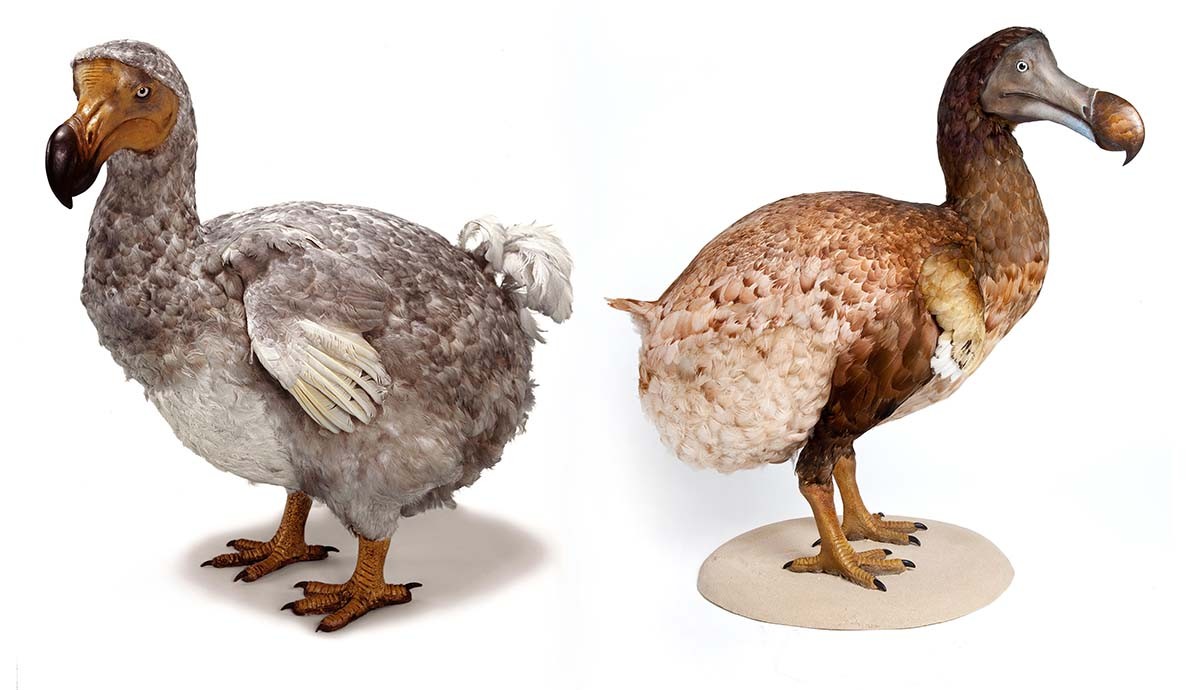Have you ever heard of the dodo bird? You might think it’s just an old story or a funny cartoon character, but the dodo was a real creature that once roamed the earth.
Understanding what a dodo bird is can unlock fascinating secrets about nature, extinction, and how our actions impact the world around us. If you want to discover why the dodo disappeared forever and what lessons it holds for you, keep reading—this is a story you won’t want to miss.
Origins Of The Dodo
The dodo birdlived on the island of Mauritiusin the Indian Ocean. This island was its only home. The dodo lived in dense forests and ate fruits found on the ground. It could not fly because it had small wings and a large body.
Explorers first saw the dodo in the late 1500s. Portuguese sailors were among the first to describe this strange bird. They found it easy to catch because it had no fear of humans. Sadly, this led to the bird’s extinction within 100 years.
Physical Characteristics
The dodo bird was about 3 feet tall and weighed around 15 to 20 kilograms. It had a large, round body with thick legs and a short tail. Its feathers were grayish or brownish, helping it blend into the forest floor.
The dodo had a big, curved beak that was strong and hooked at the tip. This beak helped it eat fruits, seeds, and small animals. Its wings were small and useless for flying, as the dodo was flightless.
| Feature | Description |
|---|---|
| Height | About 3 feet (1 meter) |
| Weight | 15 to 20 kilograms (33 to 44 pounds) |
| Feathers | Grayish or brownish, soft texture |
| Beak | Large, curved, strong |
| Wings | Small, not used for flying |
Behavior And Diet
The dodo bird ate many types of food. It mainly fed on fruits, seeds, and roots. Sometimes, it also ate small land animals or shellfish. Its strong beak helped it crack tough shells and fruits easily.
Dodos lived in groups. They were social birds that liked to stay close to each other. This helped them find food and stay safe from danger. They made soft sounds to talk with their friends.

Credit: medium.com
Extinction Causes
The dodo bird was a flightless bird that lived on Mauritius Island. It became extinct due to hunting and habitat loss after humans arrived. Its story shows how fragile wildlife can be.
Human Impact
Humans hunted the dodo bird for its meat. Sailors found them easy to catch. People cut down forests where dodos lived. This destroyed their homes. Humans also brought new animals to the islands. These animals ate dodo eggs.
Predators And Environmental Changes
New predators like rats and pigs were a big threat. They ate dodo eggs and chicks. The dodo bird had no defense against them. Environmental changes harmed their habitat. Storms and floods damaged their nesting areas. Dodos could not adapt quickly enough.
Legacy And Cultural Impact
The dodo birdis a symbol of extinction and loss. It appears in many booksand moviesas a reminder of nature’s fragility. Writers use the dodo to show what happens when humans harm animals.
People learn important conservation lessonsfrom the dodo’s story. It teaches us to protect animals and their homes. Many groups now work hard to save endangered species.
- The dodo shows the risk of careless hunting.
- It reminds us to respect wildlife.
- Its story helps raise awarenessabout protecting nature.

Credit: www.bbc.com

Credit: www.nhm.ac.uk
Frequently Asked Questions
What Is A Dodo Bird And Why Is It Famous?
The dodo bird was a flightless bird from Mauritius. It is famous because it went extinct in the 1600s.
Why Did The Dodo Bird Become Extinct?
The dodo became extinct due to hunting and animals brought by humans that ate its eggs.
What Did The Dodo Bird Look Like?
The dodo was a large, plump bird with gray feathers and a big beak.
Conclusion
The dodo bird remains a symbol of lost species and human impact. It lived only on Mauritius island and could not fly. People hunted it and destroyed its home. This caused the dodo to disappear forever. Studying the dodo teaches us to protect animals today.
We can learn from past mistakes. The dodo’s story reminds us to care for nature. It shows how fragile life can be. Let’s keep the memory of the dodo alive by respecting wildlife. Small actions can make a big difference.
